Best Places to Visit in Idaho

Searching for the best places to visit in Idaho? Well, you are in the right place! Idaho is a state of rugged mountains, scenic lakes, and charming towns, for me making it one of the most underrated places to explore in the U.S. Having traveled through its landscapes and communities recently on a four week road trip, I’ve found that The Gem State offers a perfect mix of outdoor adventure, relaxation, and local culture. Here are the ones I recommend, and I think you’ll enjoy them too.
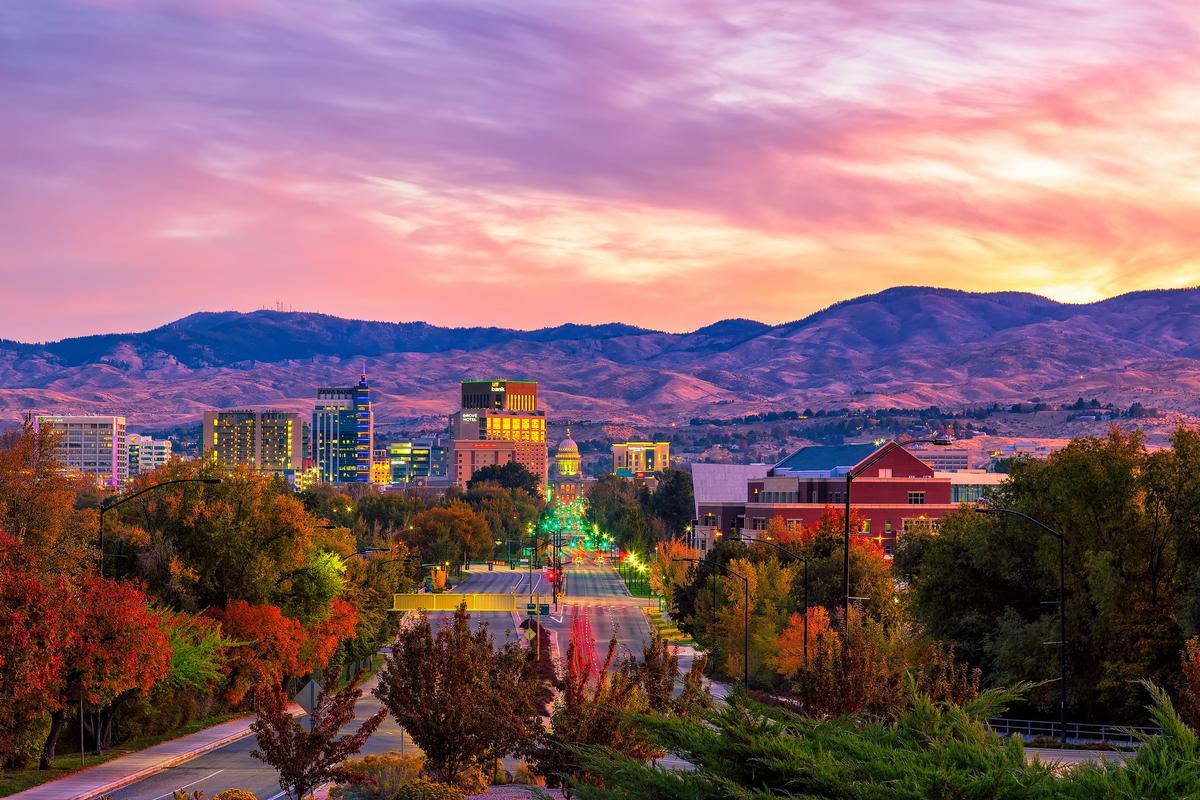
1. Boise
I think that this is one of the best places to visit in Idaho. Why? I found it to be one of the coolest cities in the West, blending outdoor adventure with modern city life near the foothills of the Rocky Mountains, with the Boise River running right through downtown.
We flew from Austin to Boise (nonstop about 4 hours, fares around $150–$250 round trip) and stayed two nights at the 3-star Grove Hotel, which won the prestigious AAA Four Diamond award so you can trust that you'll be in good hands. We moved to a local, more affordable vacation rental for seven days afterwards.
Having read up on the city’s early pioneer days and its roots in the Gold Rush era, I loved seeing how that spirit of adventure still lingers in the "City of Trees". I spent two days strolling along the 25-mile Boise River Greenbelt, visiting the Idaho State Capitol, checking out local art at the Boise Art Museum, and wandering the historic Hyde Park District with its cozy cafés and boutiques. My son has recently become interested in ghost hunting games as a teenager so the Old Idaho Penitentiary was fascinating to him, but I wouldn't bring a smaller child because it's too eerie, although it offers such an interesting window into the state’s Wild West past.
Boise’s art scene was another surprise and we loved seeing murals, galleries, and even unexpected sculptures scattered throughout downtown which all gave the city such a creative vibe, and The Freak Alley Gallery, with its outdoor street art, was absolutely the best hidden gem.
I found that Fork Restaurant is a perfect spot for dinner and offers creative, farm-to-table American dishes served in a lovely space.
- Location: Along the Boise River in southwestern Idaho
- Size: Approximately 85 square miles (220 square km)
- Location Map
What I loved best:
The Basque Block was my favorite discovery, a cool, unusual slice of history with authentic food and culture you rarely find anywhere else in the U.S.
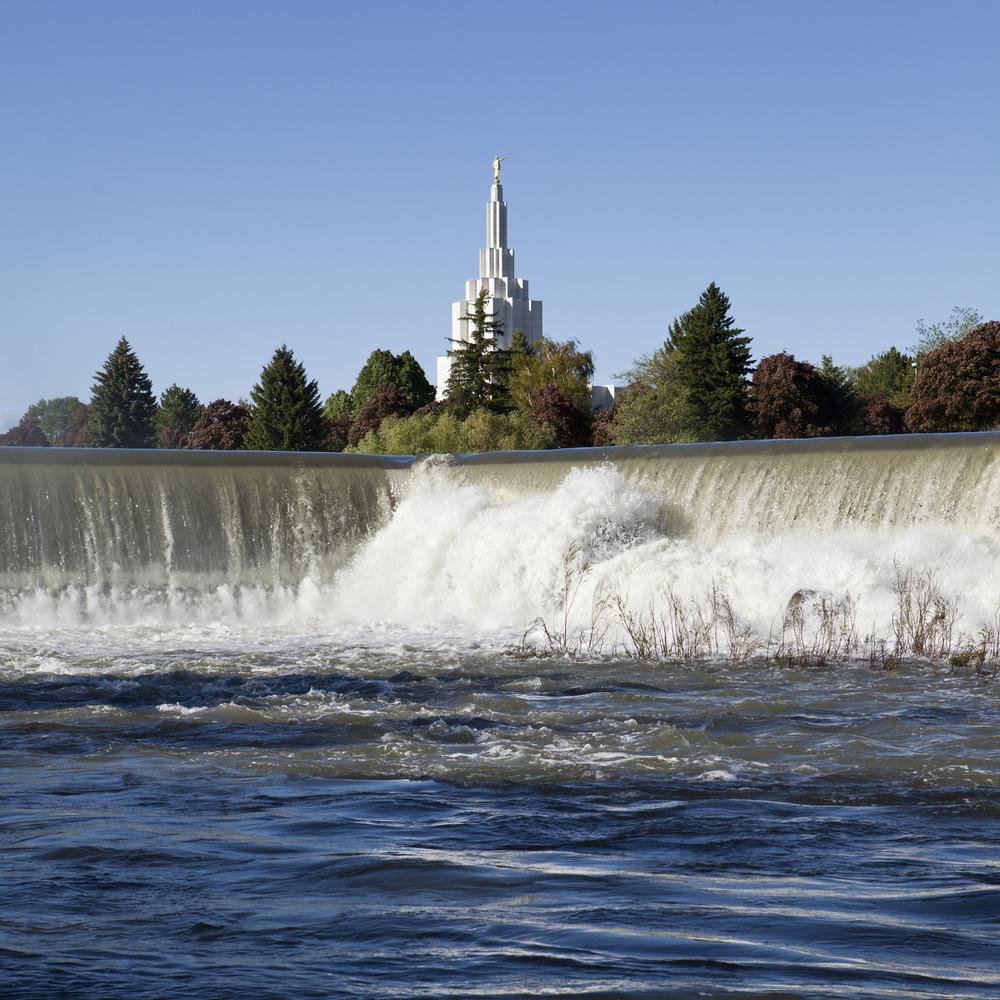
2. Idaho Falls
This place felt like one of the most amazing hidden gems in eastern Idaho, sitting right along the Snake River with the spectacular falls as its centerpiece.
From Boise, it was a long but scenic drive east (about 4 hours 45 minutes, 275 miles along I-84 and I-15) into Idaho Falls where spent three nights at the historic Destinations Inn, and our themed suite made it a fun, one-of-a-kind stay.
I spent five days soaking in the area, visiting the Museum of Idaho which beautifully tells the story of the region’s pioneer and natural history, checking out the Art Museum of Eastern Idaho, and browsing the little antique shops and boutiques downtown. Dinner at The SnakeBite was a treat because it was casual, local, and full of personality, and I also couldn’t resist stopping for coffee and pastries at Villa Coffeehouse the next morning.
I loved that there were so many day trip opportunities nearby, including the Craters of the Moon National Monument (1 hour 25 minutes drive), a surreal landscape of lava fields and rugged trails, and another out to the Heise Hot Springs for a relaxing soak (just 30 minutes from Idaho Falls). West Yellowstone is just 1 hour 45 minutes from Idaho Falls, so you can visit Yellowstone National Park from here too which I haven't tried yet because we usually base ourselves in Jackson Hole, WY, but it's on my to-do list because we met many people in Yellowstone who insisted it was the way to go!
- Location: In the eastern part of Idaho, along the Snake River, approximately 50 miles west of the Wyoming border
- Size: Approximately 24 square miles (62 square km)
- Location Map
What I loved best:
I thought the riverwalk was the absolute best way to see the city as it stretched for miles, and I loved how it offered both peaceful spots and vibrant views of downtown.
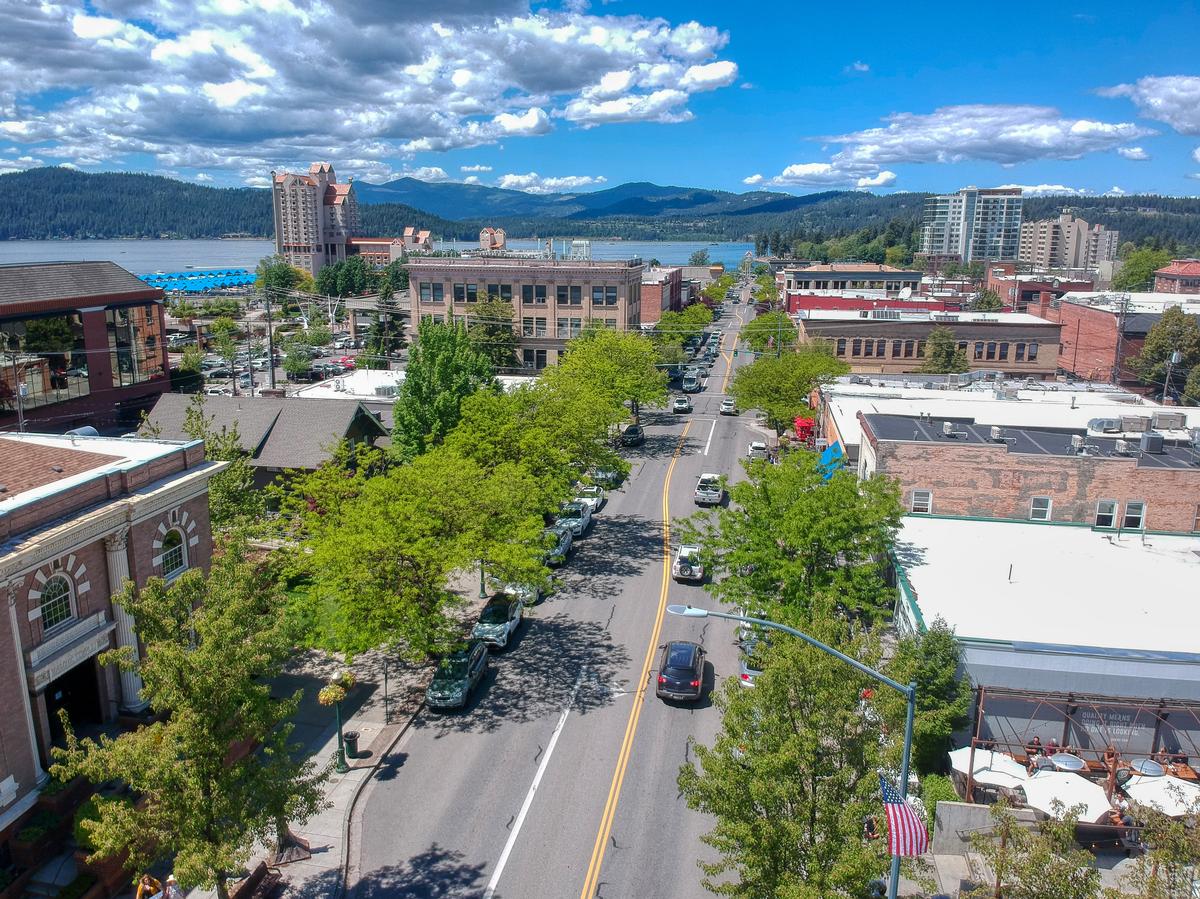
3. Coeur d’Alene
This place completely won me over and I think it’s one of the most spectacular and exciting places in northern Idaho, tucked right near the sparkling blue waters of Lake Coeur d’Alene. I felt like I had discovered an absolute gem that perfectly mixes outdoor adventure with a vibrant Downtown Coeur d’Alene, so trust me, it's absolutely one of the best places to visit in Idaho!
I spent two perfect days exploring the Tubbs Hill Nature Trail for its panoramic lake views, browsing local art at the Art Spirit Gallery in business for 30 years, and learning about the area’s Native and pioneer history at the Museum of North Idaho. For dining, I loved the lakeside elegance of Cedar’s Floating Restaurant, where I enjoyed local trout as the sun set over the water.
- Location: In northern Idaho, on the north shore of Lake Coeur d’Alene, near the Washington state border
- Size: Approximately 16.5 square miles (42.7 square km)
- Location Map
What I loved best:
Lake views from our bedroom at the iconic 4-star Coeur d’Alene Resort, another AAA Four Diamond winner where I loved waking up to sweeping lake views from my balcony, sipping morning coffee as boats glided by, and the spa’s mineral hot tubs overlooking the water were the perfect way to unwind after a day of exploring!
What I loved best:
One of my favorite things to do was walk along the Boardwalk, which is actually the world’s longest floating boardwalk, and it was such a cool and unusual experience to be surrounded by water views in every direction, and I loved seeing the boats drift by while the mountains framed the horizon.
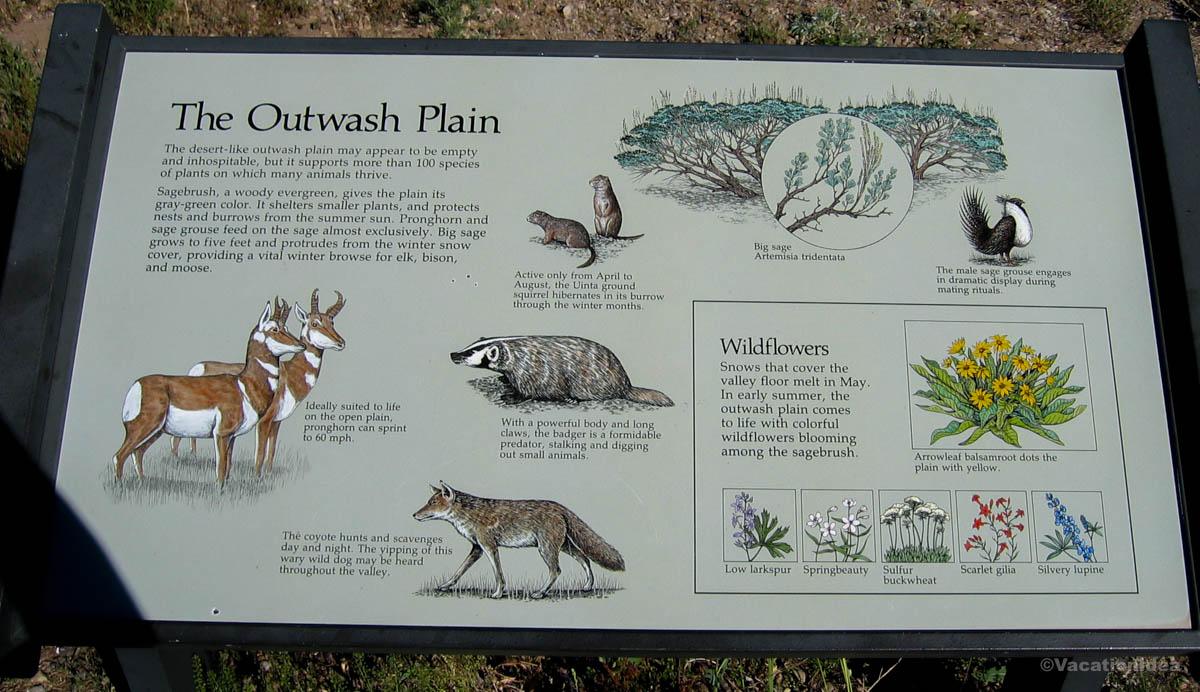
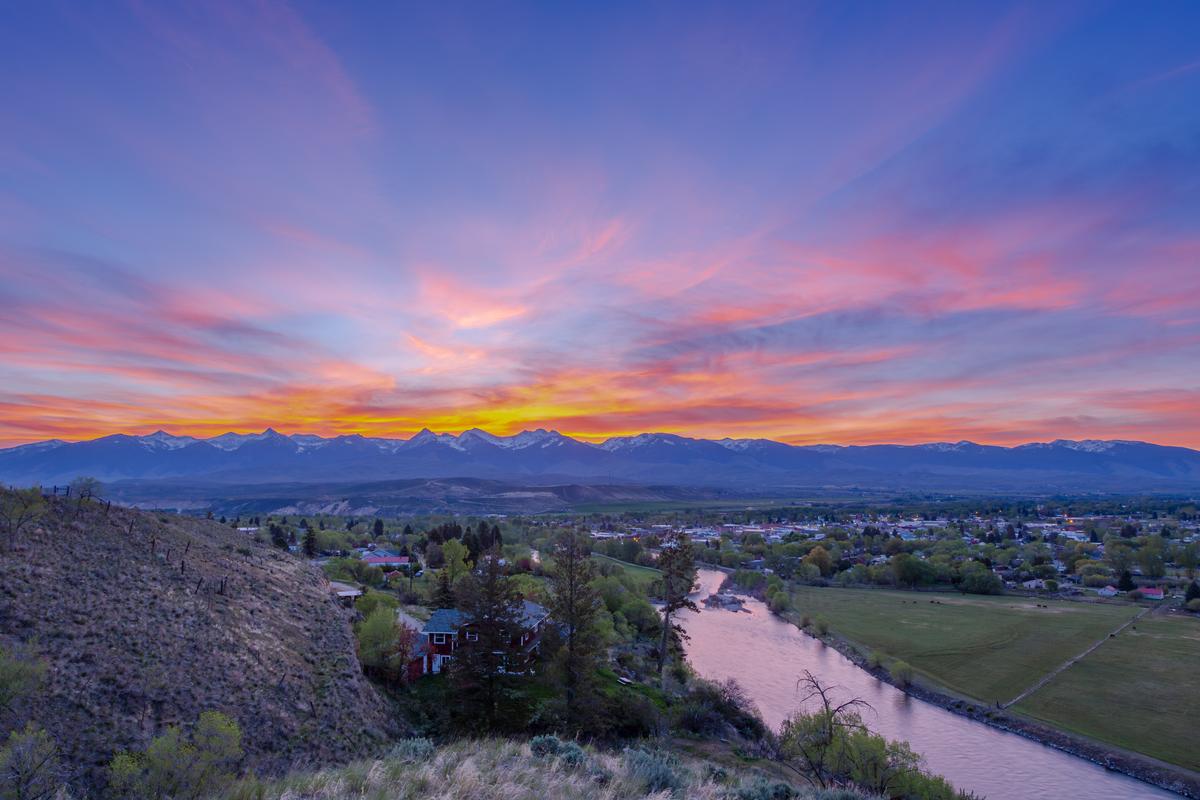
4. Salmon, Idaho
If you really want to experience Idaho's wild side, head here, the best place to visit in Idaho for outdoor enthusiasts and one of the most amazing hidden gems of the West!
The drive north from Idaho Falls (3 hours, 160 miles) brought us into rugged country where the Salmon River winds through the mountains where we checked into 3-star Stagecoach Inn.
I spent two days in July exploring the fascinating Sacajawea Interpretive, Cultural & Educational Center this month (open seasonally, $5/person or $12/family), which tells the story of the famed Lemhi Shoshone woman and the Lewis and Clark Expedition that passed through here, I wandered the quaint downtown Salmon, popping into local outfitters, coffee shops, and the charming Junkyard Bistro for hearty comfort food.
The outdoor opportunities around Salmon are absolutely spectacular and I found the trails in the Salmon-Challis National Forest home to some of the most magical hikes, with hidden lakes, mountain views, and wildlife encounters. It’s a brilliant idea for a weekend getaway if you love adventure.
- Location: In central Idaho, along the Salmon River, near the border with Montana and the Salmon-Challis National Forest
- Size: Approximately 2.3 square miles (6 square km)
- Location Map
What I loved best:
Of course, the river is the star attraction here, perfect for whitewater rafting trips as well as peaceful walks along the riverbank, watching the sun dip behind the Beaverhead Mountains as fly fishers cast their lines in the fading light.
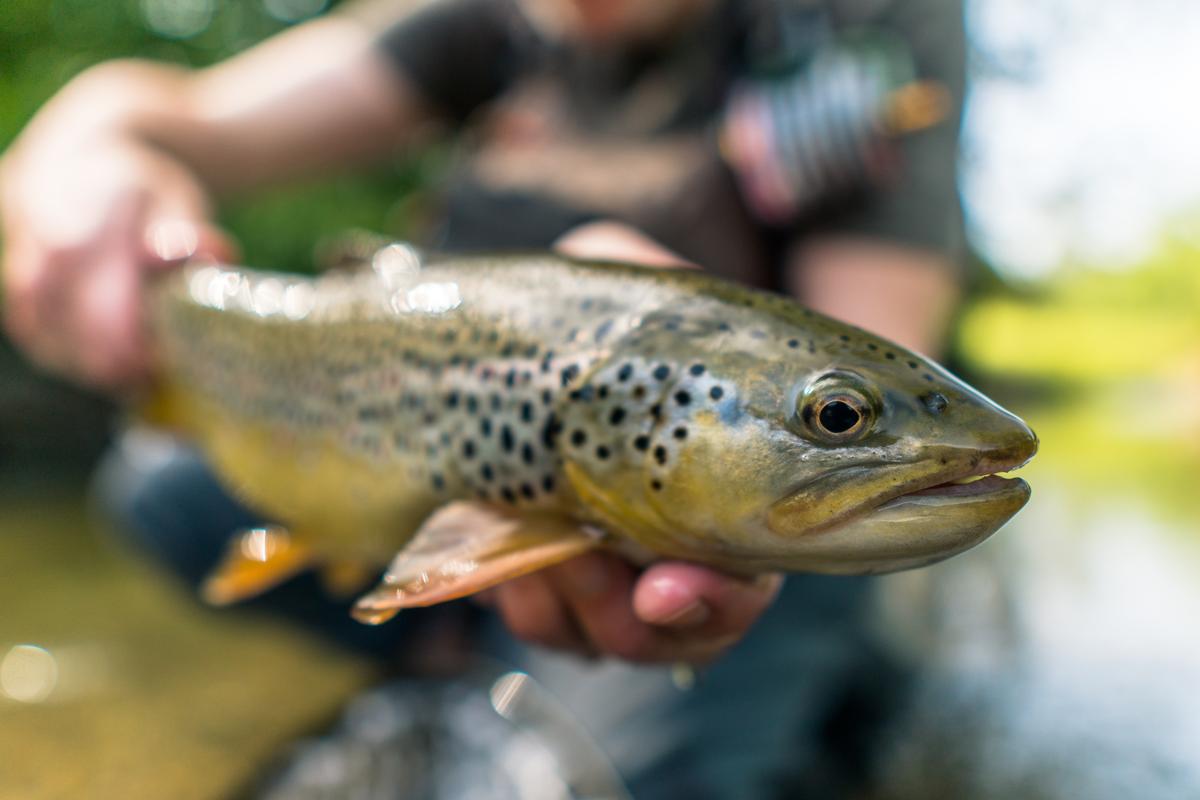
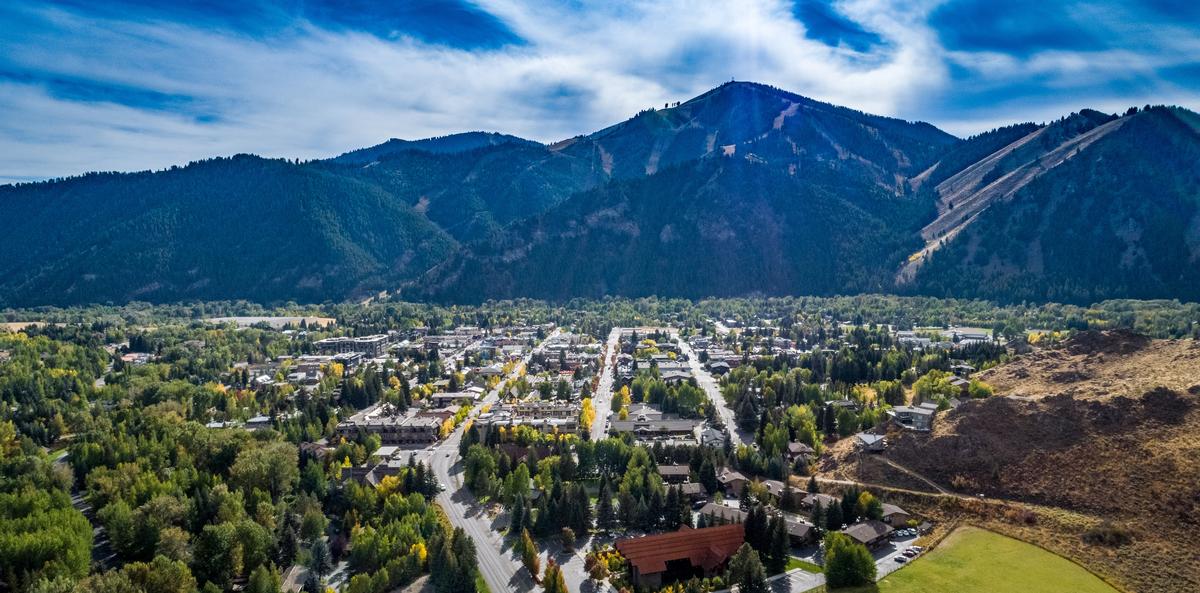
5. Ketchum, Sun Valley
This primary town in the Sun Valley area adjacent to the Sun Valley resort, instantly charmed me with its rugged mountain beauty tucked in the Wood River Valley, crisp and clean, and framed by the majestic peaks of the Sawtooth Mountains.
We drove northeast from Boise about 2 hours 45 minutes into Ketchum nestled in the Wood River Valley and stayed at the trendy 3-star Limelight Hotel Ketchum where I loved lounging with a view on the cozy lounge chair on our 2-bedroom Residence balcony!
Over two days, I immersed myself in the rhythm of Ketchum life by visiting the Sun Valley Museum of Art for 90 minutes, browsing the Gallery Walk downtown, and enjoying a leisurely lunch at Enoteca, where local wines and wood-fired pizzas hit the spot after a morning hike.
One of my favorite stops was Independent Goods, a beautifully curated local shop filled with handcrafted Idaho-made treasures, from leather goods and ceramics to small-batch candles.
For dinner, I recommend The Pioneer Saloon which was just honored with the 2025 James Beard Foundation “America’s Classics” Award.
- Location: In central Idaho, within the Wood River Valley, surrounded by the Sawtooth National Forest
- Size: Ketchum – approximately 3.1 square miles (8 square km); Sun Valley – approximately 9.6 square miles (25 square km)
- Location Map
What I loved best:
I also thought the Ernest Hemingway connection was fascinating and visiting his memorial by Trail Creek was one of the most meaningful, interesting stops of my trip because it added a unique cultural layer to all the outdoor fun.

6. Wild Love Preserve
Nestled near the Salmon-Challis National Forest outside Challis, this amazing nonprofit sanctuary is dedicated to protecting wild horses, and I think it's one of the coolest and most inspiring hidden gems in the state.
From Boise, it's about a 3.5-hour drive to Challis, where Wild Love Preserve manages over 250 wild horses across 150,000 acres of public land partnerships.
You can really feel the magic of the place and seeing wild horses roaming freely across the rugged landscape is absolutely spectacular! They don’t just rescue and care for horses at Wild Love Preserve; they work with local communities, wildlife, and the environment to ensure a sustainable future, a brilliant place that's super meaningful to visit.
What I loved best:
For me, this is an absolute best Idaho treasure...exceptional, inspiring, and a meaningful getaway to enjoy the West.
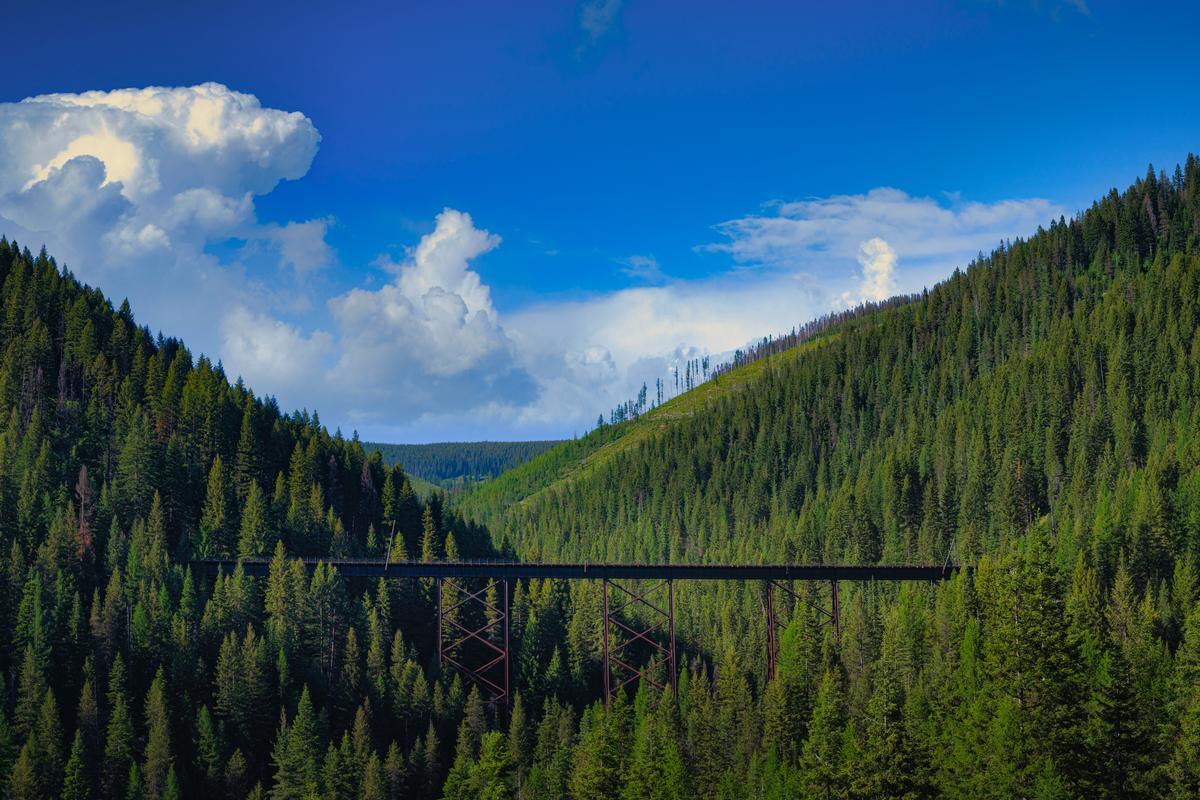
7. The Route of the Hiawatha
Riding on this trail in northern Idaho was one of the most spectacular and unforgettable adventures I’ve ever had and I think it's the best day trip from Spokane (2 hours and 30 minutes from Spokane). Tucked in the Bitterroot Mountains near the Montana border, this 15-mile scenic trail felt like a dream come true for both casual riders and outdoor enthusiasts like me.
From Wallace, Idaho, it was about a 30-minute drive east (18 miles on I-90) to the trailhead at Lookout Pass hiking and mountain biking trail is located near the city of Avery, Idaho).
I loved how the route followed the old Milwaukee Railroad line, turning historic train tunnels and high trestle bridges into the coolest bike path, and the views along the way were absolutely breathtaking!
What I loved best:
I loved combining outdoor exercise with adventure and thought it was cool to learn that the historic railroad was the very first American route to use electric locomotives during the early 20th century, extending through Idaho and Montana's Bitterroot Mountains region!
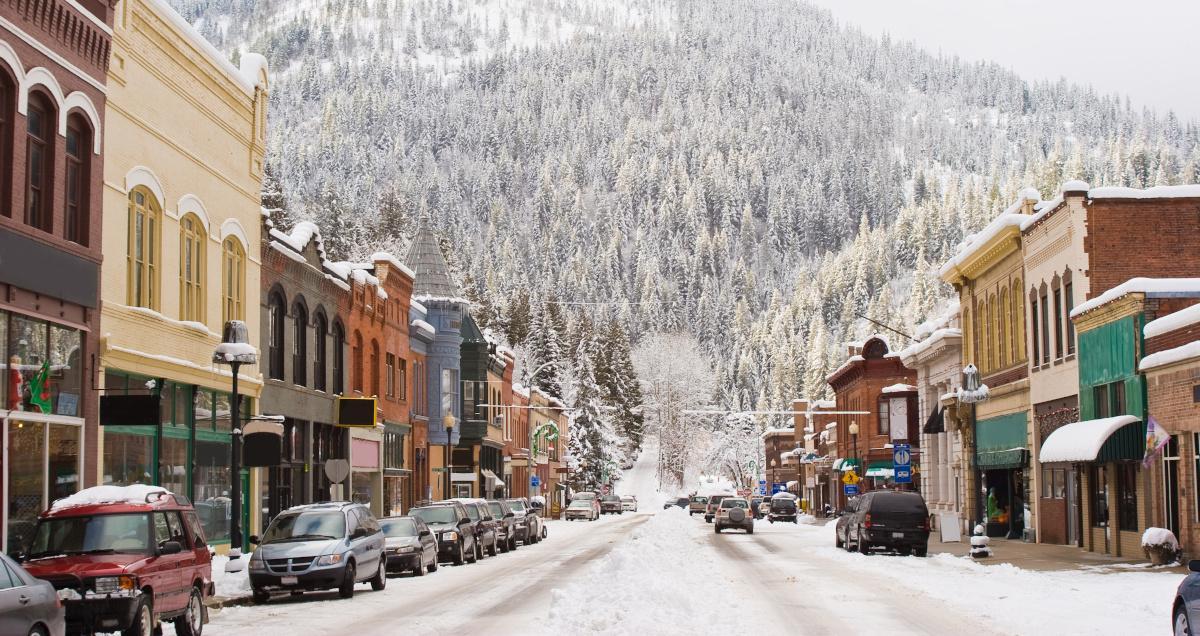
8. Wallace
This felt like one of the coolest and most unusual small towns I’ve ever explored, and I found it absolutely fascinating to learn that it's known as the “Silver Capital of the World,” because it has produced over 1.2 billion ounces of silver since the 1880s!
Driving east from Coeur d’Alene for about 50 minutes, we reached Wallace where we stayed at 3-star Wallace Inn for two days and took the 1 hour 15 minute Sierra Silver Mine Tour ($20 for adults), and wandered the Northern Pacific Depot Museum.
- Location: In northern Idaho, nestled in the Silver Valley of the Coeur d’Alene Mountains
- Size: Approximately 0.85 square miles (2.2 square km)
- Location Map
What I loved best:
Seeing the "Wallace Center of the Universe" manhole cover sign in town was my personal highlight!
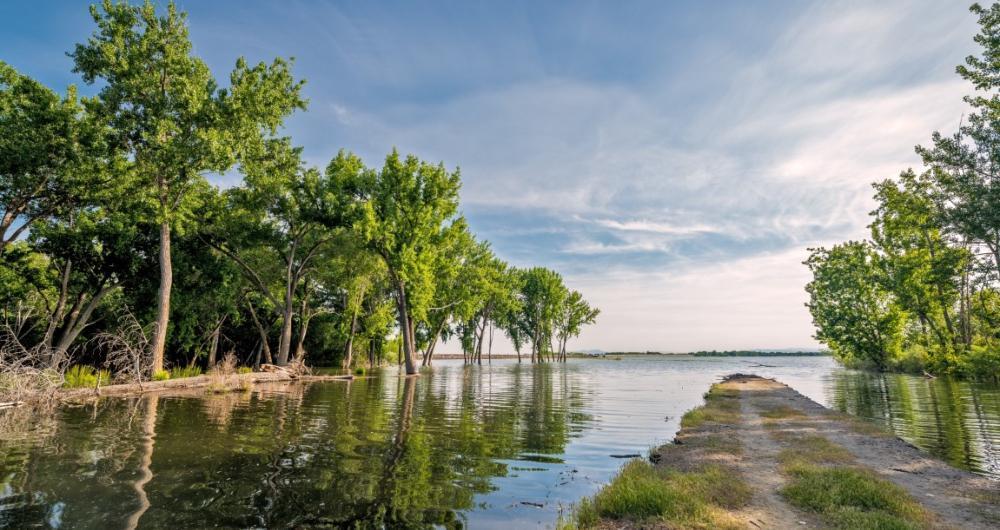

9. Pocatello
This town (just over 3 hours from Boise) turned out to be one of the most underrated gems in southeastern Idaho, tucked between the Portneuf Range and the Snake River Plain.
We stayed at 2-star TownePlace Suites by Marriott Pocatello and I spent two days exploring—starting at the Museum of Clean, a whimsical museum that celebrates the art and science of cleaning (yes, really!), visited the Idaho Museum of Natural History on the Idaho State University campus, and strolled through Old Town Pocatello.
- Location: In southeastern Idaho, along the Portneuf River valley
- Size: Approximately 34.2 square miles (88.6 square km)
- Location Map
What I loved best:
A locally brewed pint from Portneuf Valley Brewing was a standout.
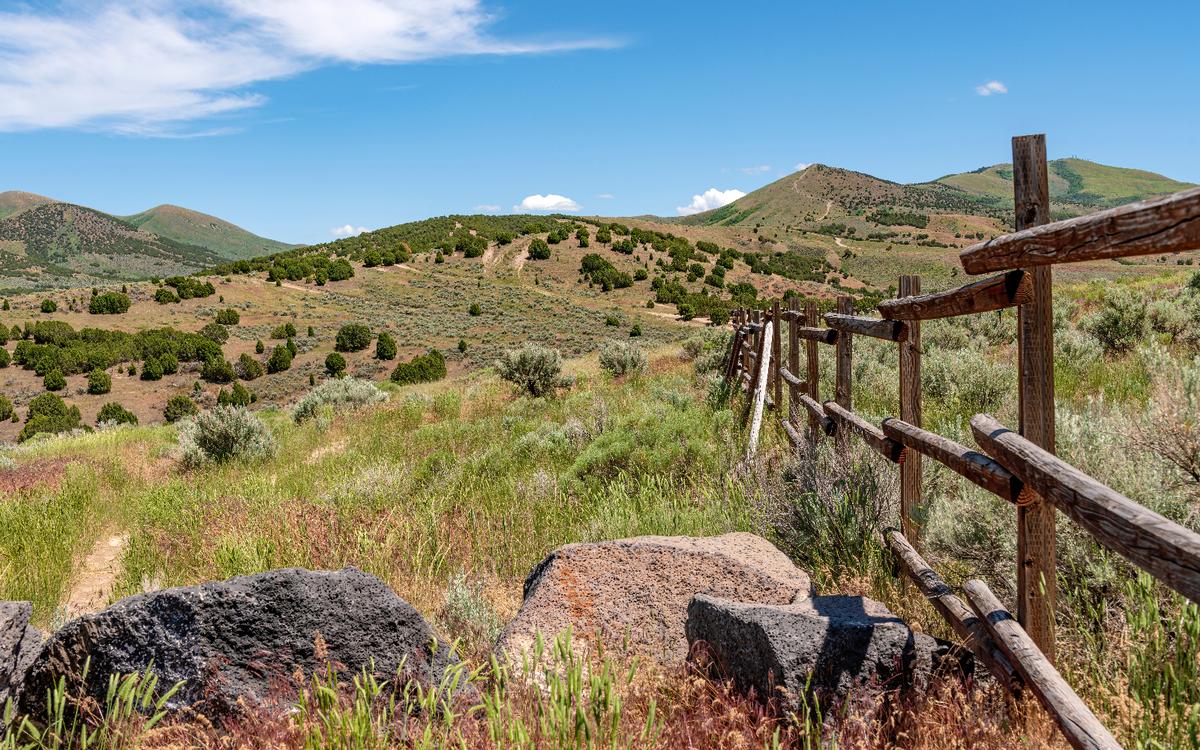
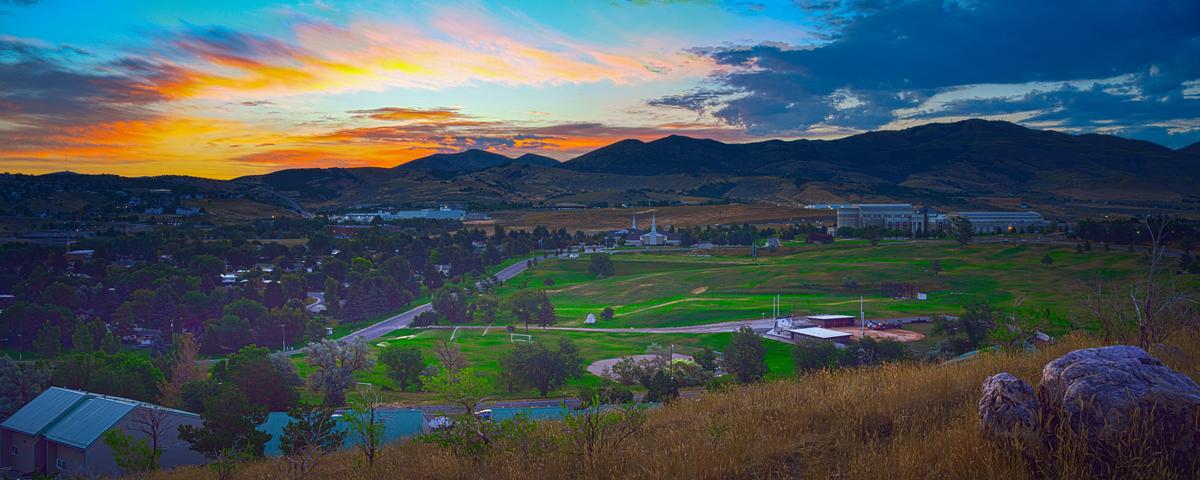

10. Yellowstone National Park
Sprawling across three states (Wyoming, Montana and Idaho) atop one of the world’s largest volcanic systems, this is one of the most awe-inspiring, otherworldly places Chris and I have ever visited and I think it’s one of the absolute best national parks in America. Why? Yellowstone offers miles of untouched wilderness, sapphire-colored hot springs, waterfalls, and wildlife encounters unlike anywhere else. Visiting Yellowstone gave me that rare feeling of stepping into a world far removed from the everyday.
From Pocatello, it's just under three hours to the western edge of Yellowstone National Park, where Idaho, Montana, and Wyoming all meet in a rugged, untamed corner of the Rockies.
- Size: Approximately 3,472 square miles (8,991 square km)
- Location Map
What I loved best:
Watching a geyser erupt at sunset was my personal highlight.
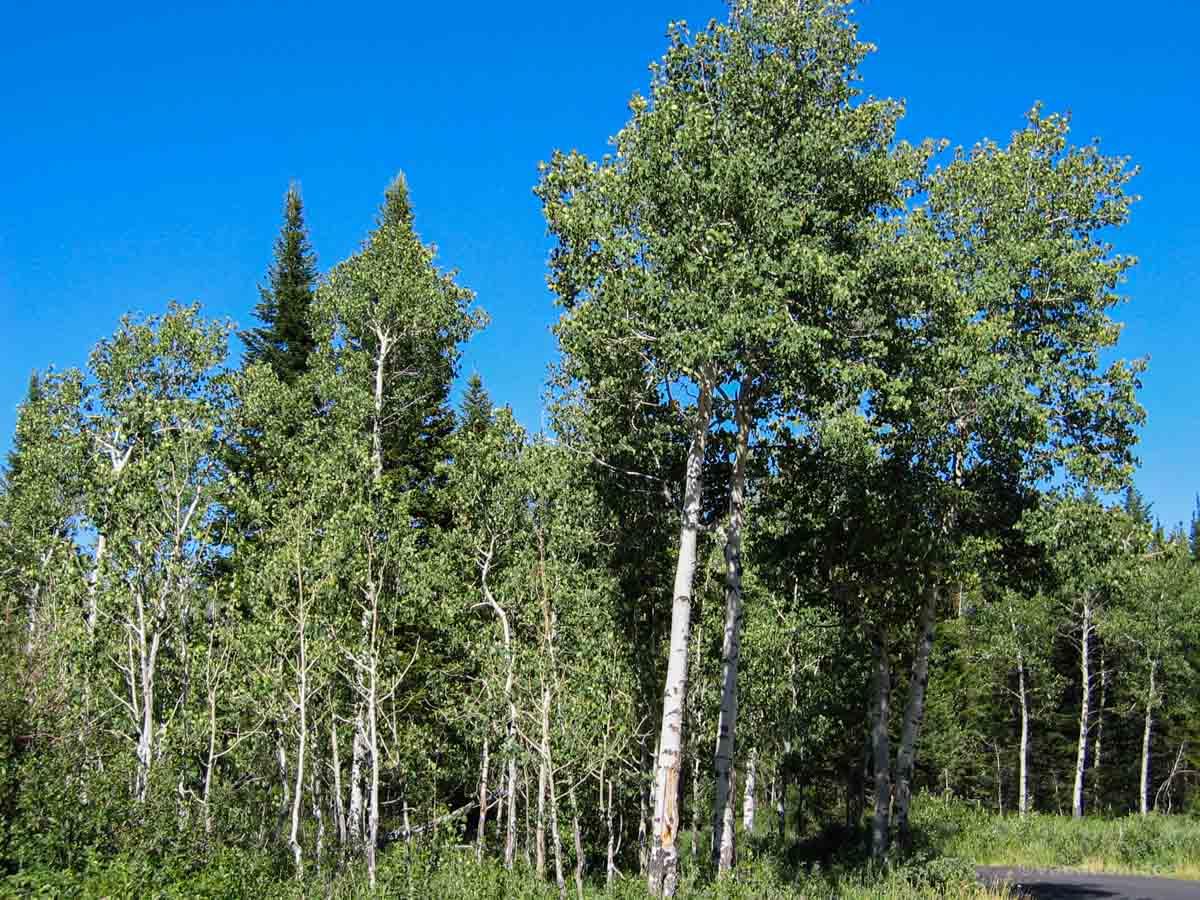
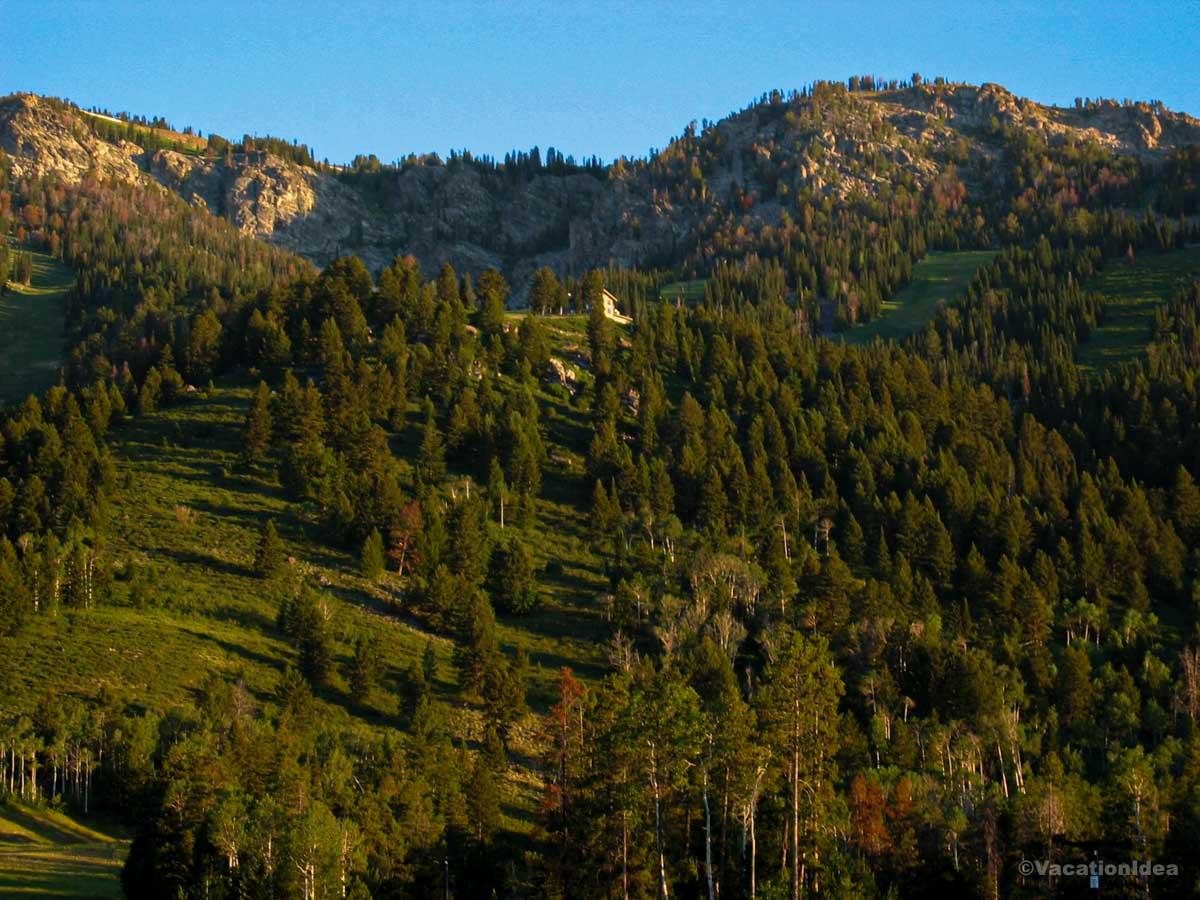
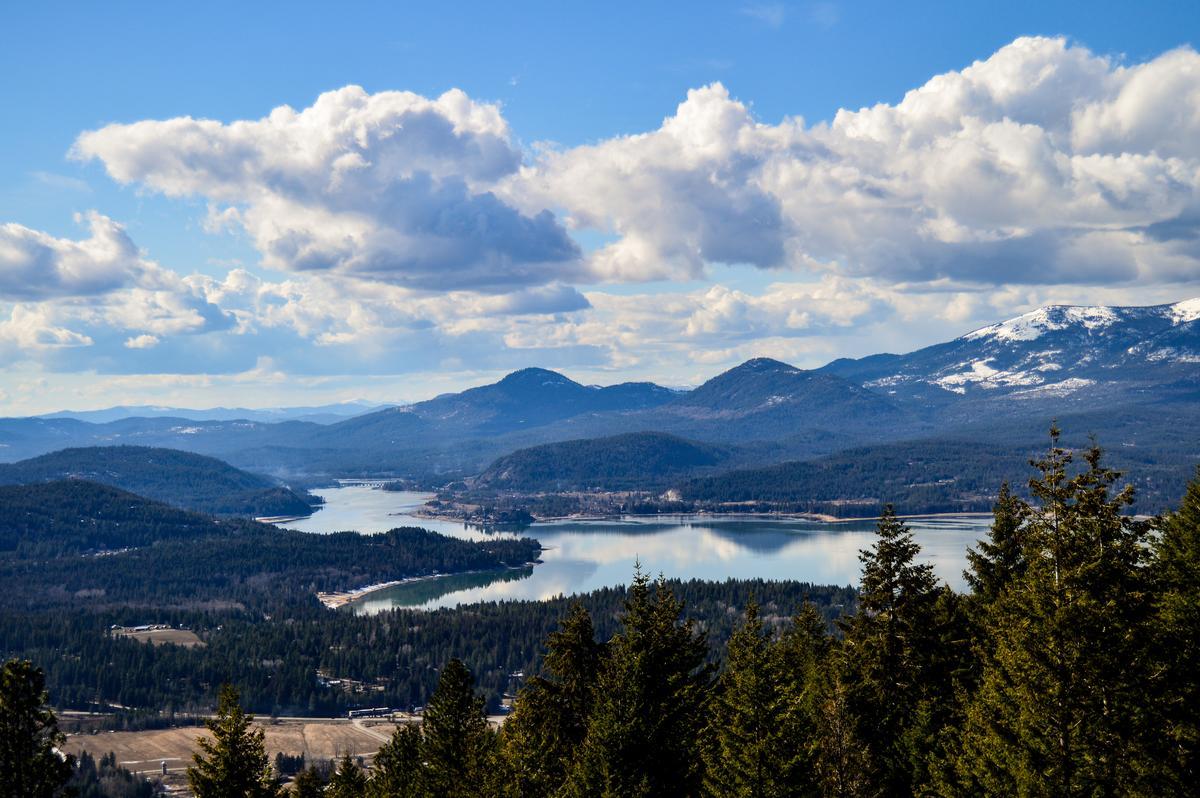
11. Sandpoint
Tucked between towering mountains and one of the deepest lakes in the country, I think this is one of the most stunning and unspoiled places in Idaho, and in the Northwest! I loved that Sandpoint offers miles of pristine shoreline, and alpine scenery. Best of all, it feels wonderfully removed from big-city busyness.
The drive north from Coeur d’Alene for an hour was beautiful in itself, and when we reached downtown, I found a small, artsy lakeside town filled with local galleries, indie shops, and inviting cafés.
We stayed at Cedar Street Hotel and Suites for two days and I spent a peaceful morning walking the Sandpoint City Beach, visited the Pend Oreille Arts Council Gallery, browsed the boutiques along Main Street, and stopped for a leisurely lunch at Beet and Basil, where fresh Northwest flavors meet global inspiration.
- Location: In northern Idaho, on the shores of Lake Pend Oreille
- Size: Approximately 4.8 square miles (12.4 square km)
- Location Map
What I loved best:
The historic Cedar Street Bridge Public Market, built right over Sand Creek, was my personal highlight—a cozy maze of artisan stalls, local food, and handmade crafts that felt perfectly in tune with the town’s personality.
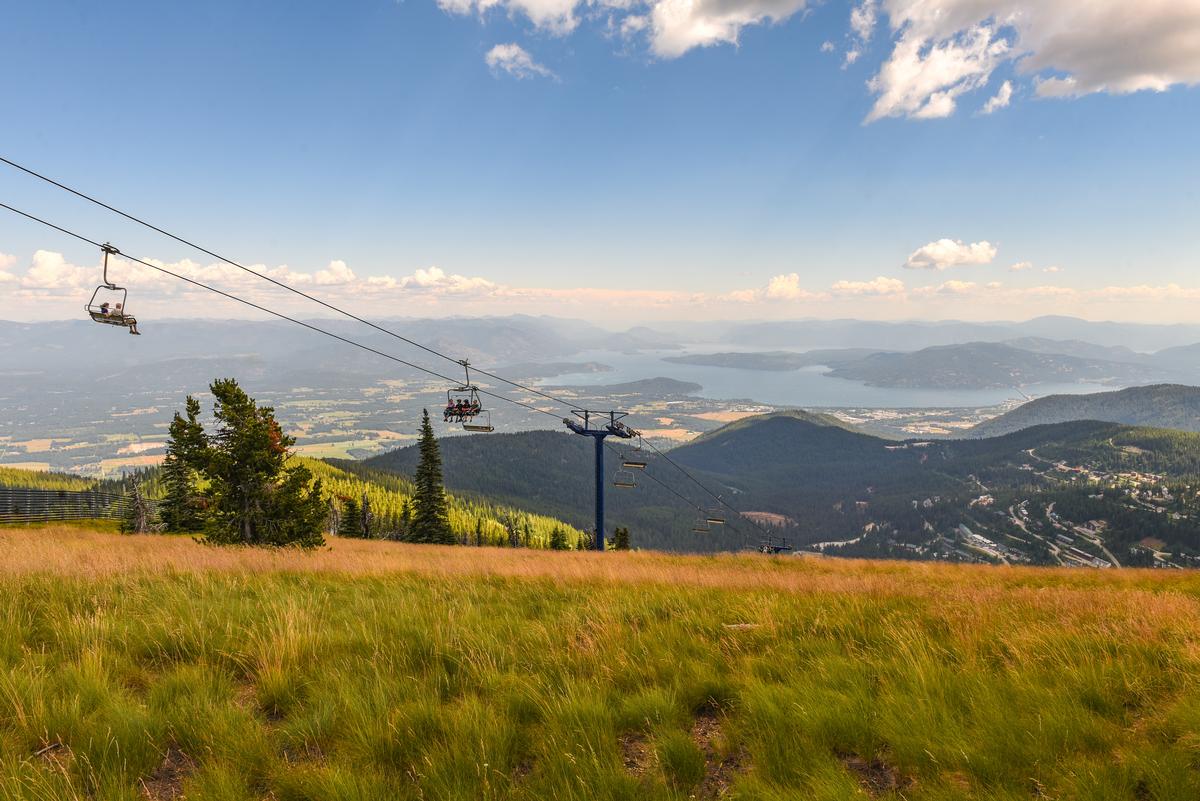
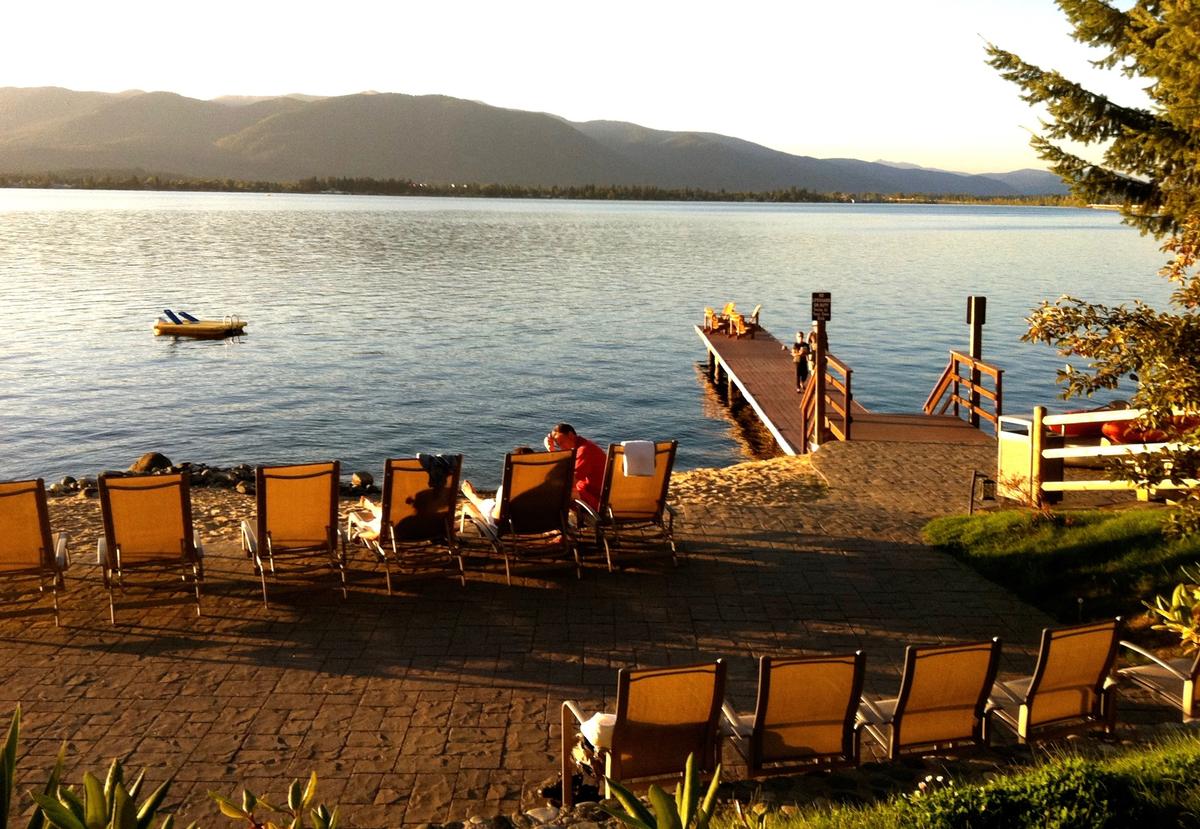

12. Bruneau Dunes State Park
Ready for a dramatic, wide-sky escape? Check out Bruneau Dunes State Park, a real standout!
If you have time for an outdoorsy day trip from Boise, this place is the best! I spent a full day and night exploring the park, starting with a morning hike up the big dune where the climb was tougher than it looked, each step sinking into soft sand.
Bruneau Dunes turned out to be one of the most unique and surprising landscapes in Idaho and the park also had a surprising bonus: incredible stargazing.
- Location: In southwestern Idaho, near the town of Mountain Home, within the high desert region of Owyhee County
- Size: Approximately 4,800 acres (19.4 square km)
- Location Map
What I loved best:
For me, Bruneau Dunes State Park is one of the best places to visit in Idaho because it's peaceful and unique!
The view from the top was my favorite highlight and made every effort worth it. I enjoyed a sweeping panorama of desert, distant mountains, and the tiny blue shimmer of Bruneau Dunes Lake below.
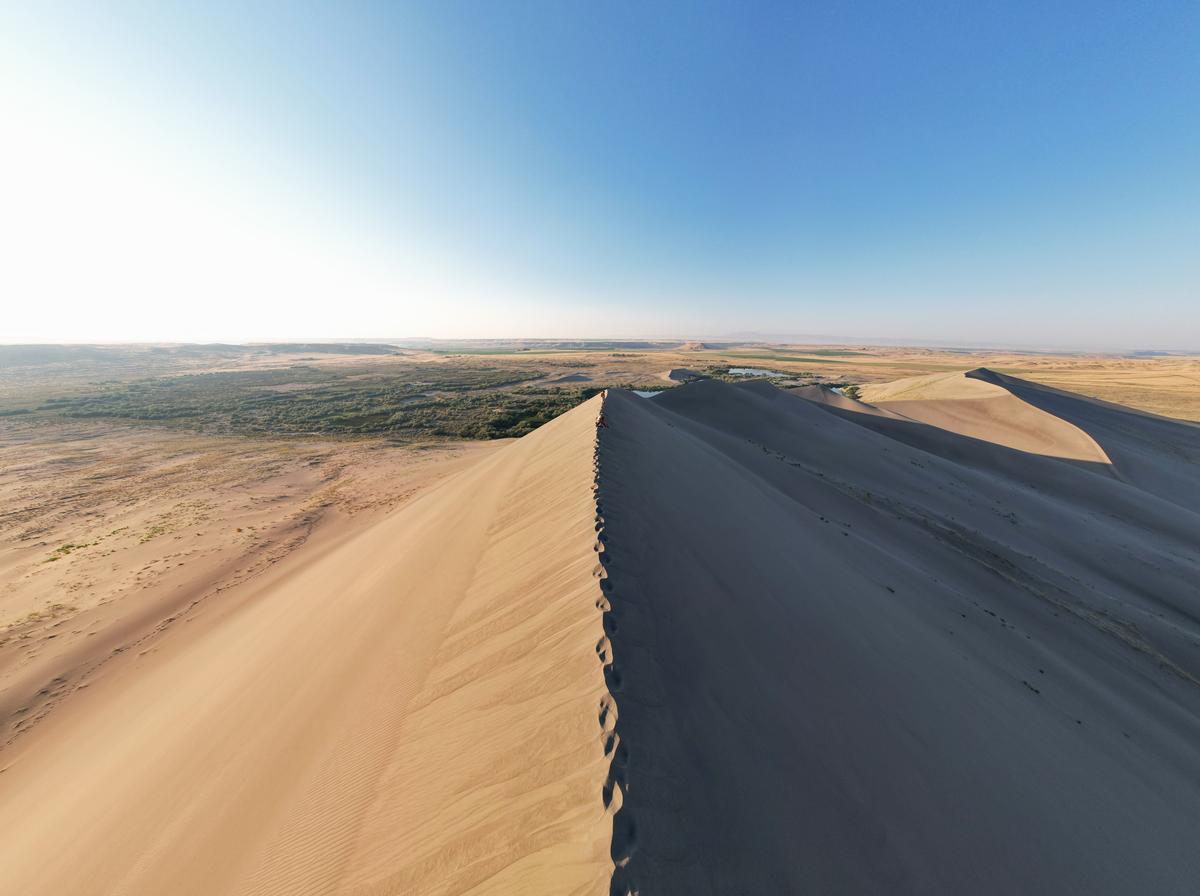
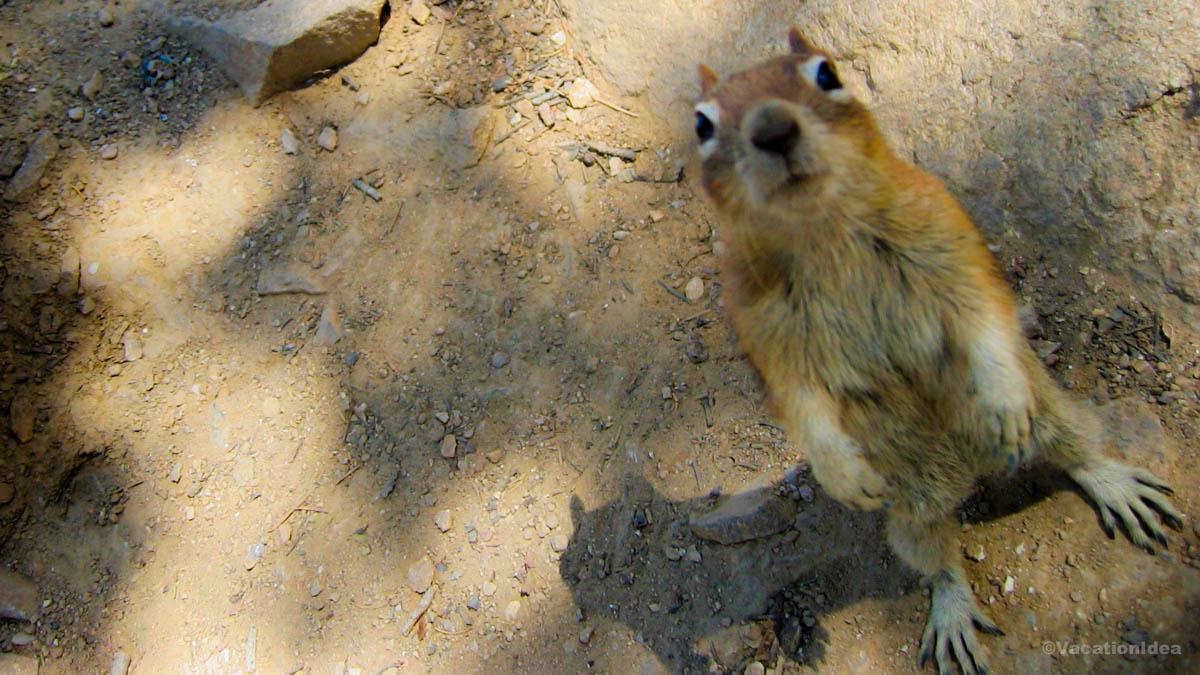

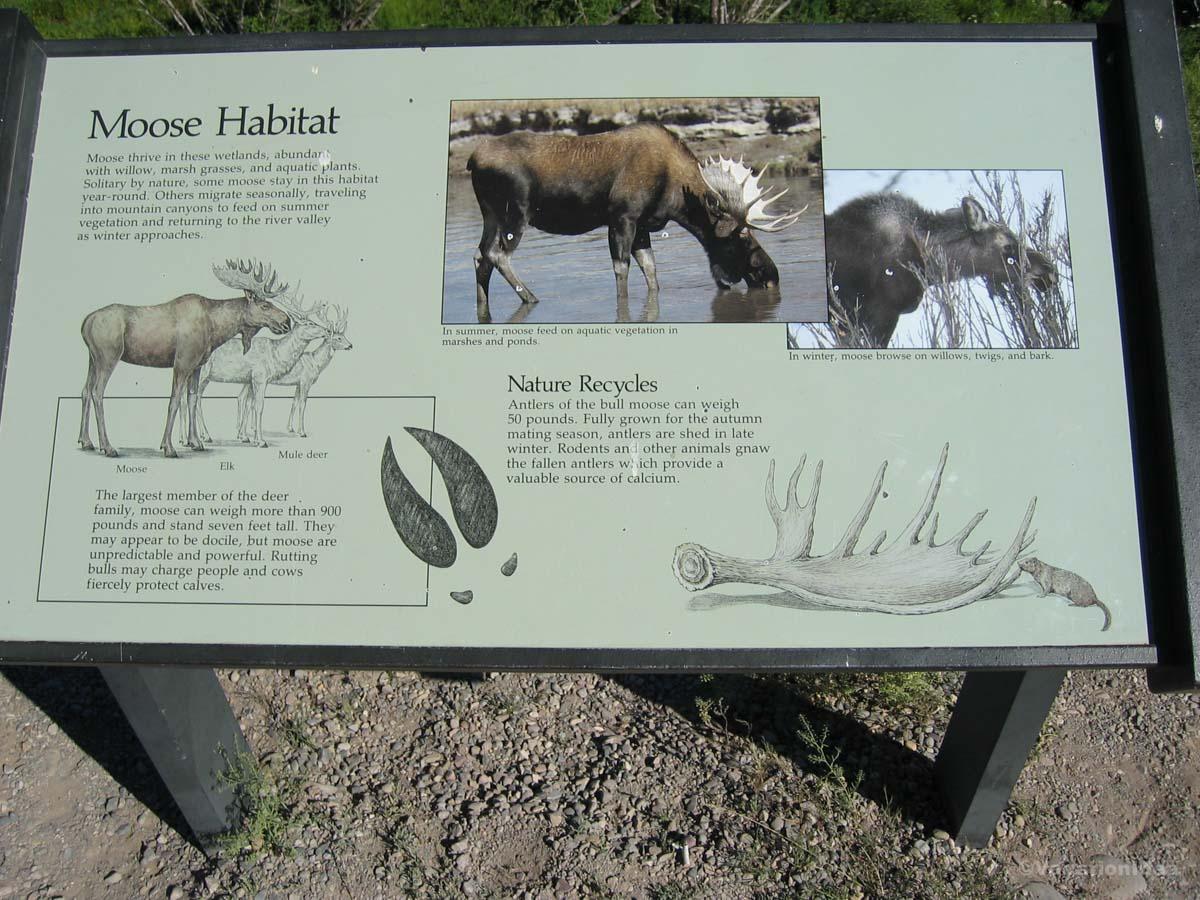
Booking Checklist
1. Book Your Flight - I use Expedia because I like their mobile app with my itinerary. They've helped me re-book flights on many occasions. Once you reach their Gold tier, support is especially good.
2. Book Your Hotel - I use Booking.com or Expedia, depending on my destination.
3. Book Your Rental Car - I use Expedia.
4. Book your tours on Viator or Get Your Guide.
5. If you are planning to visit more than three national parks in the next 12 months, buy the America the Beautiful Pass.
